|
Do you want to make a difference in your pet's well-being RIGHT NOW?
Learn how to guide your dog (and maybe even your cat) through DOGGY YOGA! And be sure to refer your friends and family with pets who could do with a good stretch. Click HERE to begin your pet's wellness journey...
0 Comments
How about trying a hot wrap to warm and relax tissues, act to detoxify by opening the pores of the skin, and draw up the blood? Sounds like a great indoor activity and a good way to keep the cold out.
Hydrotherapy is the scientific application of water in the treatment of disease. To find out how to do hot hydrotherapy wraps. There are several different types of hydrotherapy methods, but the one I use, hydrotherapy wraps, involves:
Fill up the bucket with hot water (just hot enough to be a bit uncomfortable to keep your hand in) and Epsom salt. Soak the fleece in the hot water, wring it out, then place the fleece over your dog for 30 seconds. Then submerge the fleece again, wring it out, and place it on your dog again for another 30 seconds. Then repeat the process one more time. Winter can be a dull, depressing time of year, not only for us humans, but for our pets, too. Reasons for these doldrums can vary from lack of light to inactivity due to cold temperatures. Whatever the reason, it’s not uncommon for pets to be bored during the cold months—possibly even depressed.
Touch through massage therapy is a comforting and close one-on-one experience which can create a sense of trust, relaxation, and well-being. The comfort and feeling of well-being provided by massage helps improve mood and therefore the mental state of an anxious or depressed pet. This is important for a number of physical reasons. The mental state of an animal (or human, for that matter) affects the sympathetic nervous system. Shelter dogs, for example, experience stress symptoms including elevated heart rate and blood pressure. Massage therapy helps reduce heart rate and blood pressure, therefore reducing stress, which is important because illnesses gain a foothold when stress diminishes the body's immune system. Massage therapy reduces the physical and mental components of stress, which in turn helps the body feel balanced and rejuvenated, able to defend itself properly. Massage therapy stimulates the release of oxytocin, serotonin and endorphins, all of which improve the mental state, whether they’re just under stimulated or outright sad. Massage also focuses gentle attention on the animal. The session is all about them. What a great way to relax and alleviate the winter weather doldrums! Why would I say senior cats and dogs benefit even more from massage therapy in the winter? This would be because they are more susceptible to things like arthritis, and to compensation, as discussed in the last couple of weeks.
Massage therapy eases arthritis because it improves range of motion by stimulating blood circulation to the bone, directly nourishing it. Regular sessions keep joints well nourished and therefore well lubricated, which maintains, and even increases, range of motion. Your pet experiences less pain, and their mobility improves. Why is massage even more essential for arthritis in the winter? Cold weather exacerbates this condition, causing your pet to get even stiffer than before. And in the winter, due to the possibility of inactivity (too cold for walks, or long walks, or playtime) coupled with cold temperatures potentially causing stiffness, massage becomes that much more important for compensation as well. Circulation can be a big issue for older pets, therefore they are more likely to become stiffer and to become stiff more quickly. And massage therapy is all about improving circulation. And the heat created by massage therapy also warms up geriatric pets who are prone to becoming chilly more quickly than their younger counterparts. Another added bonus is the improvement of their coat and skin due to the stimulation in sebaceous glands. Dry skin is always a problem in the wintertime and massage can counteract this too. Do you want to make a difference in your pet's well-being RIGHT NOW?
I have a new offer...a mini-course, if you will...premiering on February 29th. Learn how to guide your dog (and maybe even your cat) through DOGGY YOGA! And be sure to refer your friends and family with pets who could do with a good stretch. My Doggy Yoga journey will go live February 29th...look for my posts and blog for the link! Compensation, when referred to in rehabilitative health care, is referencing the body's response to an area of the body that is suffering from some sort of discomfort. The body seeks to remove or reduce the sensation of pain in the damaged area by ceasing movement in the affected area and shifting away from that area. This means the centre of gravity changes and the balance of the body is shifted away from the painful area to healthier areas that are suffering less (or no) discomfort.
This shift occurs in the opposite direction and the opposite side in relation to the painful area. It is a counterbalancing of the structure or function of one part of the body by increasing activity or muscle development in another or other parts of the body. For example, if a dog is suffering from arthritis in her right hip, she will shift her weight forward to her front assembly (opposite direction), and most of the weight towards her left forelimb (opposite side). Compensation protects the injured area and allows for healing, but this counterbalancing asks the body structure to perform tasks it is not originally intended to handle. Over an extended period of time, the compensating structures, while allowing healing in other areas, are themselves weakened and fatigued, leaving them susceptible to dysfunction and injury. This is why massage therapy is crucial in relieving this overused area (however temporary this overuse may be). But in the winter, due to the possibility of inactivity (too cold for walks, or long walks, or playtime) coupled with cold temperatures potentially causing stiffness, massage becomes that much more important. To avoid injury, particularly when compensation is a factor, joints must be lubricated and muscle tension eased so that range of motion is optimal. The healthier your pet’s range of motion is, the less likely they are to be injured. So, let’s not let the cold get in the way of your pet’s wellness! Arthritis is one of the most common ailments an older pet can suffer from. It is a chronic pain that occurs when an unstable joint causes the bones to move abnormally within the joint. Over time this unnatural movement causes the cartilage that lines the joints to erode. Then the bone rubs against bone, which creates chronic inflammation. Large and Giant breed dogs are probably the most prone, but it can happen in any dog or cat breed.
Massage therapy eases arthritis because it improves range of motion by stimulating blood circulation to the bone, directly nourishing it. Regular sessions keep joints well nourished and therefore well lubricated, which maintains, and even increases, range of motion. Your pet experiences less pain, and their mobility improves. Why is massage even more essential for arthritis in the winter? Cold weather exacerbates this condition, causing your pet to get even stiffer than before. Even it your pet is inside more often during cold and even not so cold days, there is a compromise. They are getting less exercise, which normally helps keep joints loose (in addition to helping with muscle tone and keeping weight off, which would otherwise be even harder on the joints). So, if your pet is less active during colder temperatures, massage is needed to lubricate those joints! Even with something like intervertebral disc disease (as long as you are well past 2 weeks after any associated surgery), massage therapy increases circulation, which will get blood where it needs to go—those overcompensating muscles, and underused, atrophied muscles that will need stimulation to increase and maintain tone to support the back. Inactivity due to winter (or whatever else) is the enemy, as weight may increase and cause extra strain, too. All in all, massage therapy will help increase circulation when movement may be reduced due to the cold weather—whether joints are stiffer due to the cold, or it’s just plain too cold to go outside. Don’t hesitate to continue (or start!) massage therapy for your pet during the chilly winter months! |
AuthorRegan is a certified Canine Massage Therapist (CCMT), has certification in First Aid and CPR for Pets, and some beginner training in Herbal Remedies and Aromatherapy for personal use. Archives
July 2024
Categories |


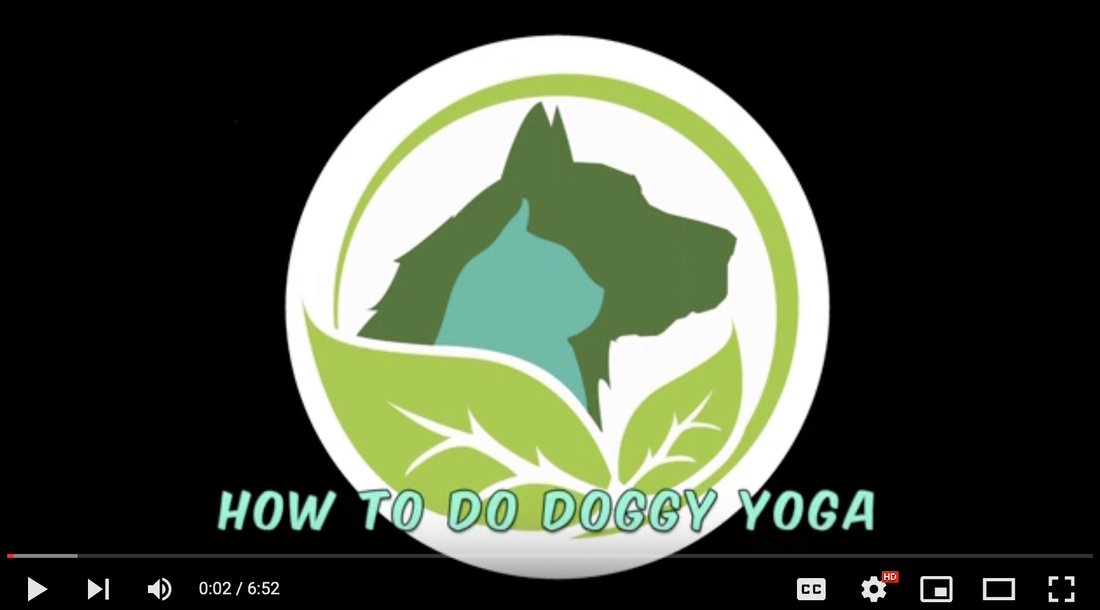
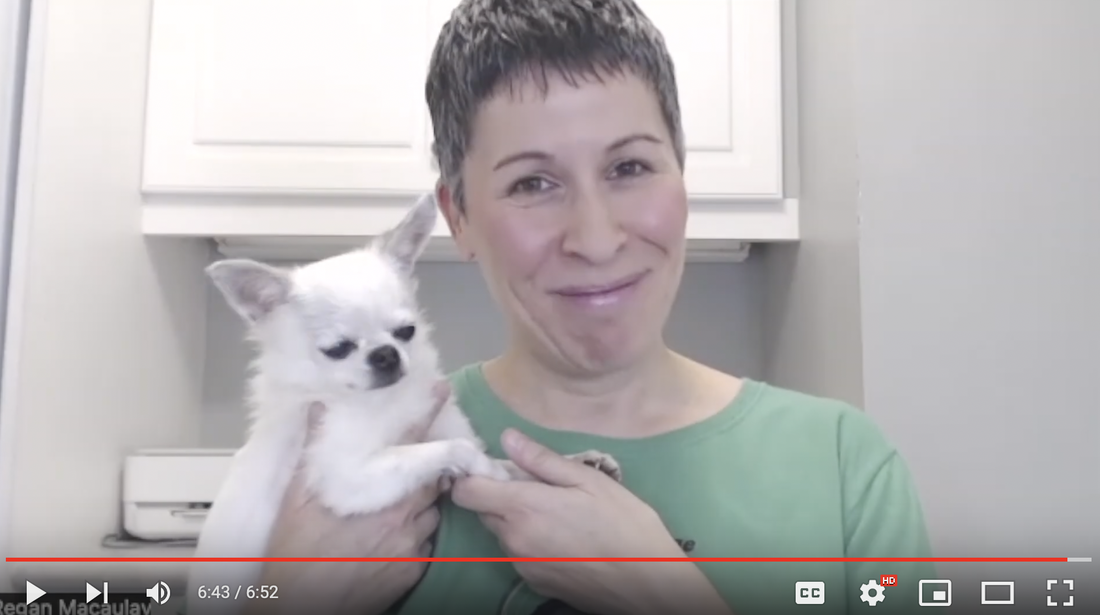
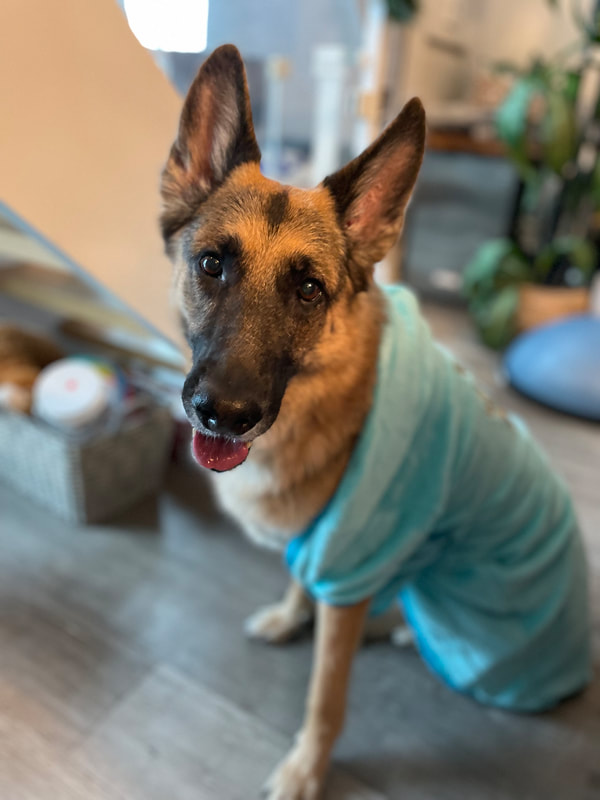
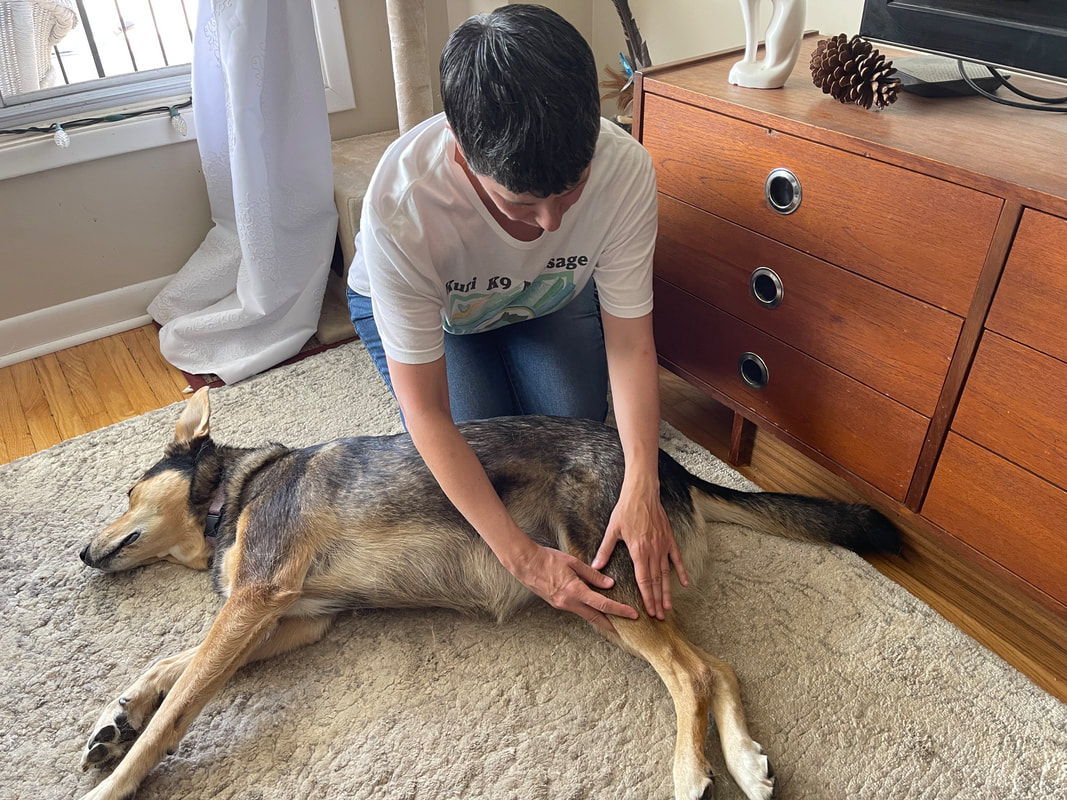
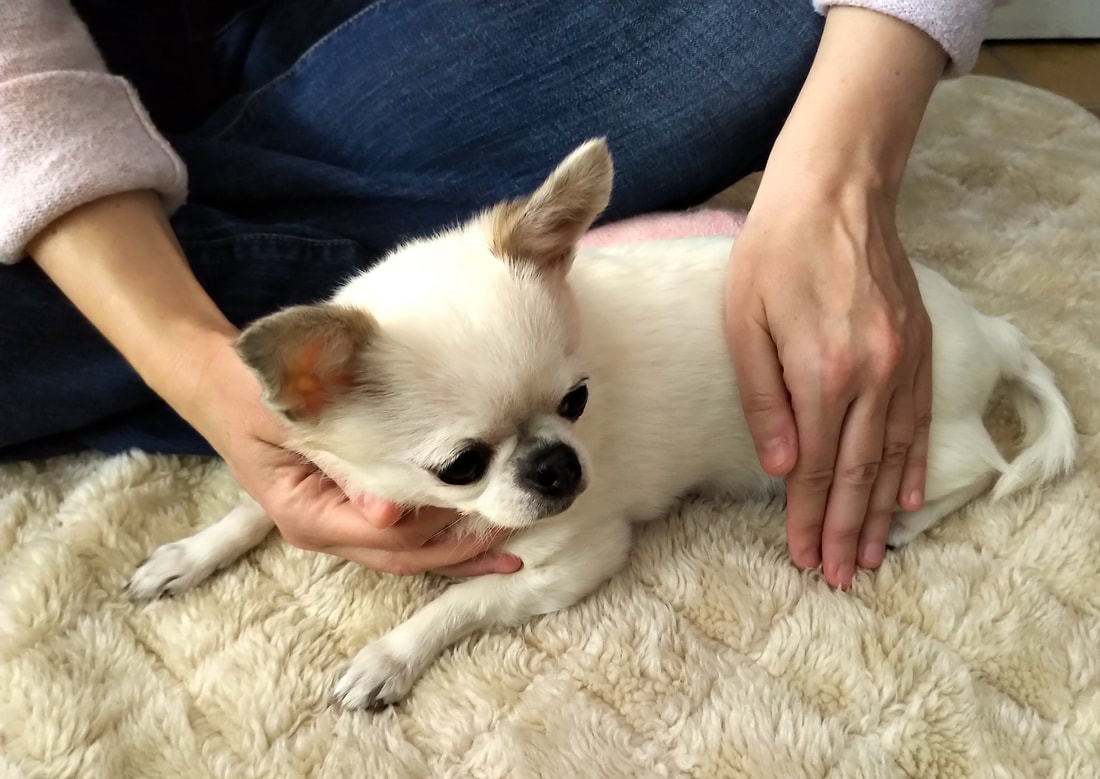
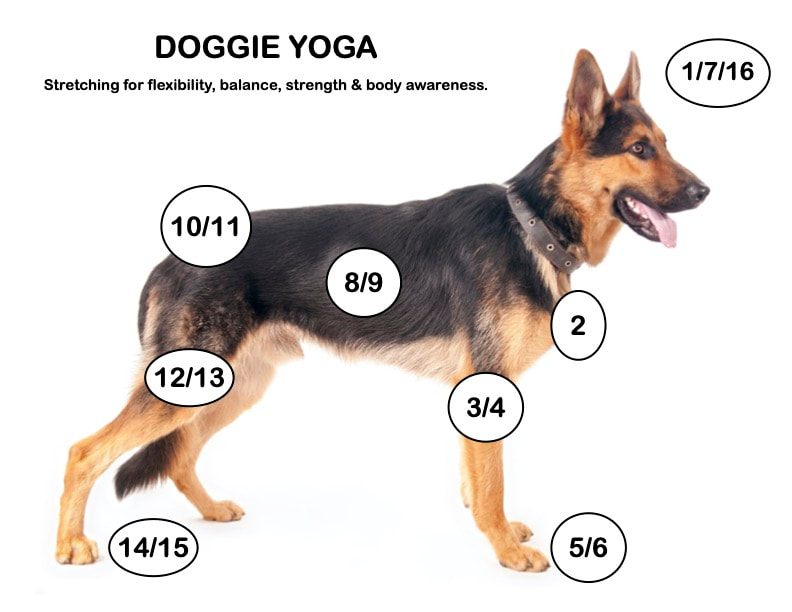
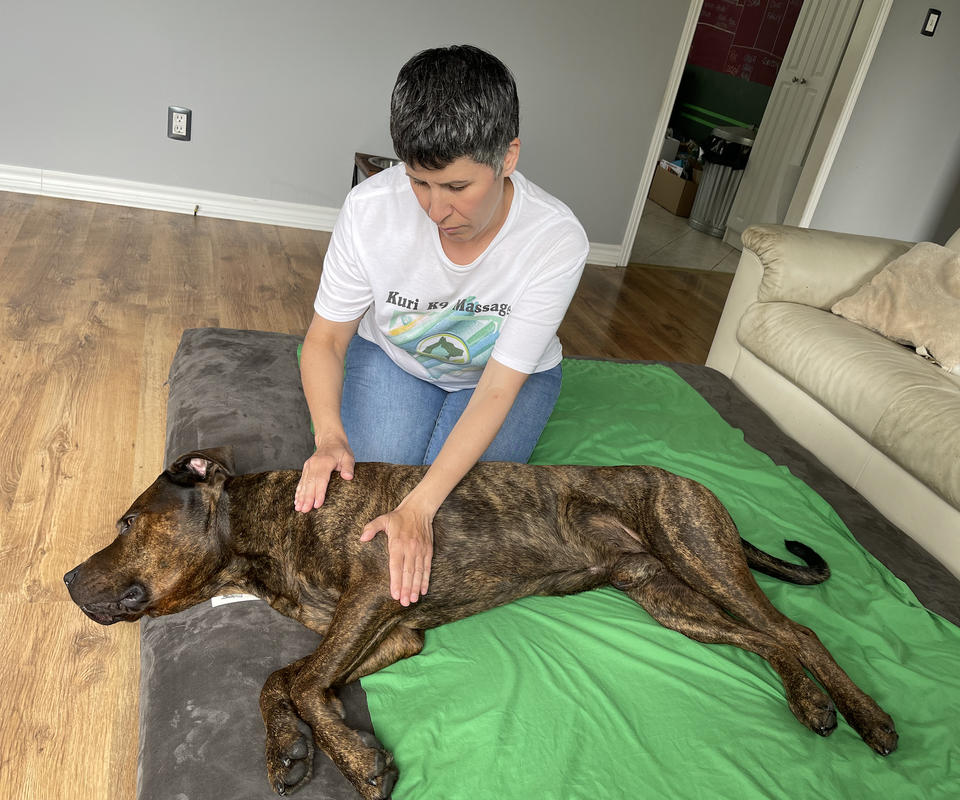
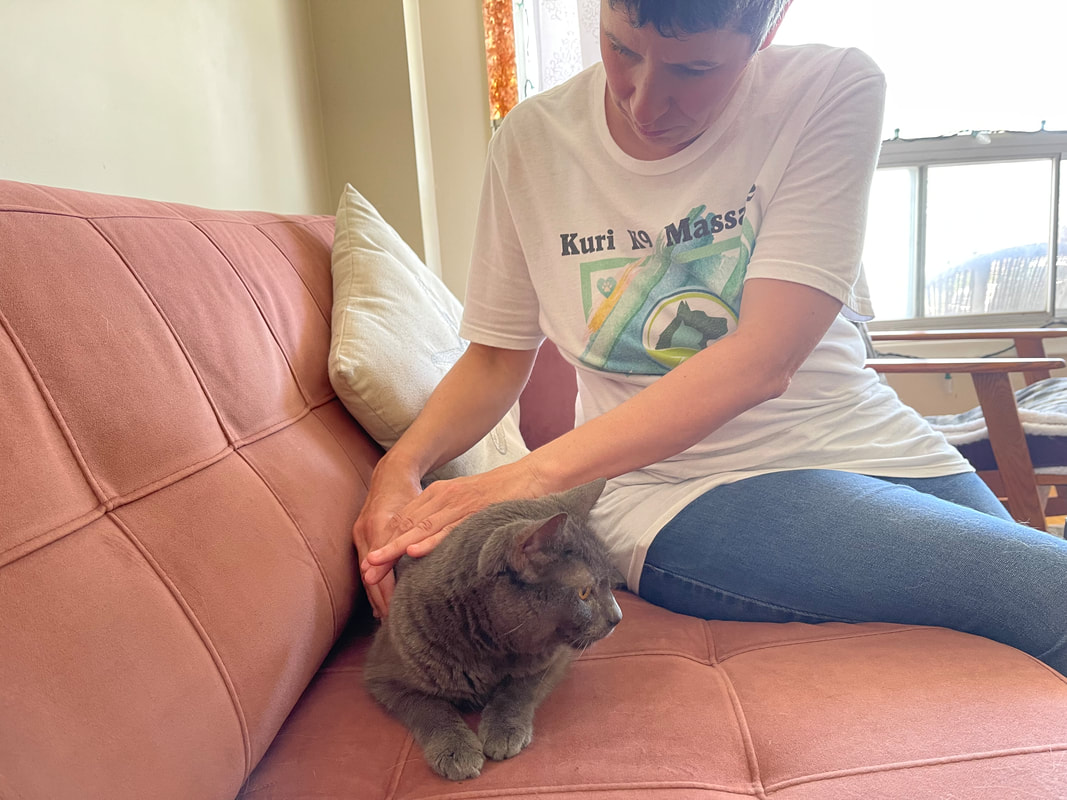
 RSS Feed
RSS Feed